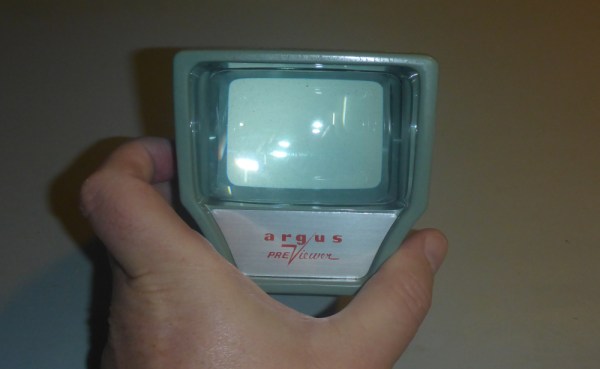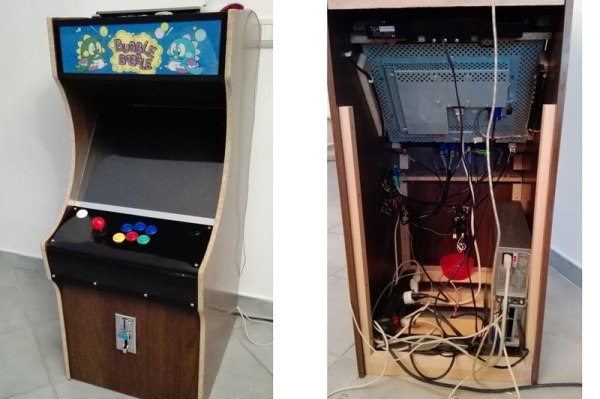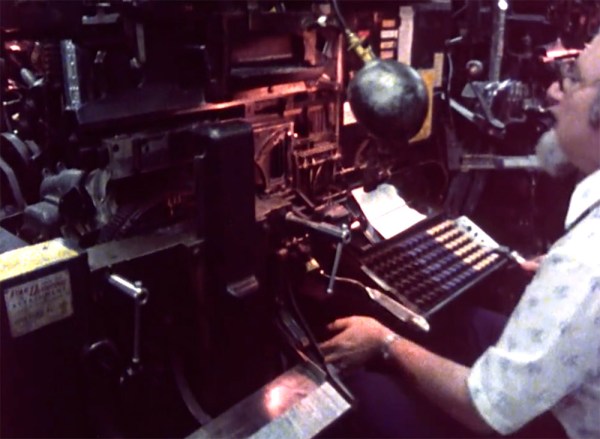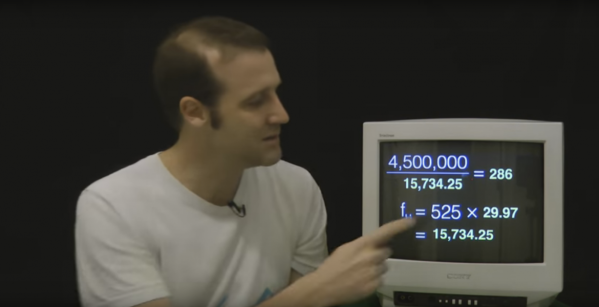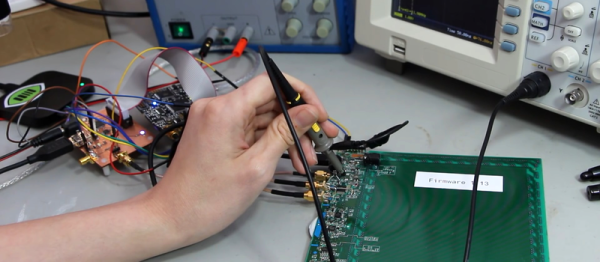[cunningfellow] has been putting LEDs in everything lately. That’s understandable. Most recently, he used them to drastically upgrade his father’s super-cool mid-century slide viewer.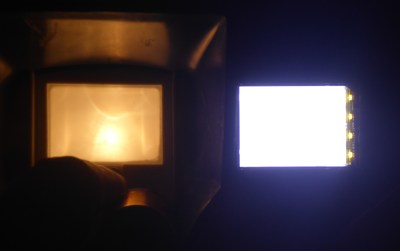
The slide viewer used to use a flashlight bulb, but it didn’t light evenly at all. Not only that, it produced a dim, orange-ish light. [cunningfellow] happened to have an old Nokia N93 lying around and decided to cannibalize that strange, beautiful, swiveling flip phone for its backlight circuitry. Unfortunately, the 4 LEDs aren’t going to run on a pair of C cells like the flashlight bulb did. [cunningfellow] needed some kind of boost converter.
He found one in the form of a Nokia E73 LCD driver board created by [Andy Brown]. The LEDs are way brighter than that old incandescent bulb, and they draw about 10mA less to boot. We think [cunningfellow]’s father will be happy with the result.
If you have an old slide viewer and no slides, try using it as a project case. If this post makes you miss your View-Master (also understandable), you can always turn your phone into a stereopticon.

